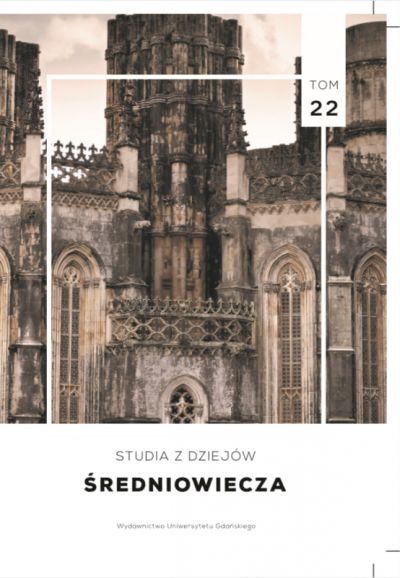Musical Motifs in Hans Memling’s Last Judgment (The National Museum in Gdańsk, c.1471)
DOI:
https://doi.org/10.4467/25442562SDS.18.011.9813Słowa kluczowe:
Hans Memling, Last Judgment, Gdansk, music, musical meaningAbstrakt
Hans Memling’s (c.1435–1494) Last Judgment is a classic example of the use of the motif from St John’s Gospel and the Apocalypse in painting. The impressive triptych, with its 150 figures, is one of the most fascinating paintings of the fifteenth century that contains a richness of symbolic and theological elements. Its stormy and eventful history,the controversy surrounding its attribution, and the debate over the reason it was commissioned make it a great attraction for scholars and art lovers alike. The work also seems to be very interesting for musicologists, as the painting provides much information about instruments as objects with symbolic meaning, their function in practical performance, and the way in which they were played. Musical representation in painting, sculpture, and many other branches of the visual arts is of supreme documentary value to musical history. Therefore, it is understandable that the Last Judgment by Memling should draw the attention of musicologists.

 Uniwersyteckie Czasopisma Naukowe
Uniwersyteckie Czasopisma Naukowe





